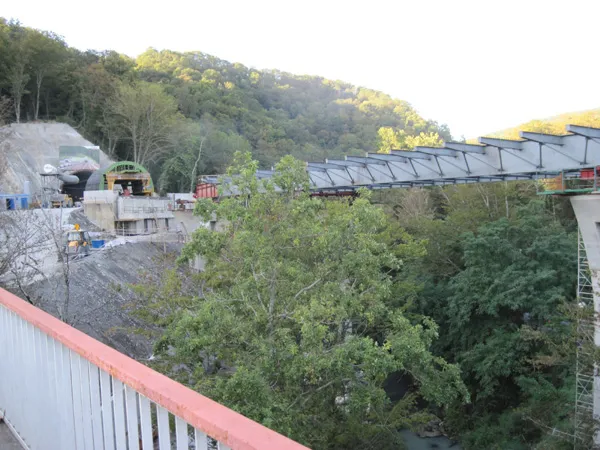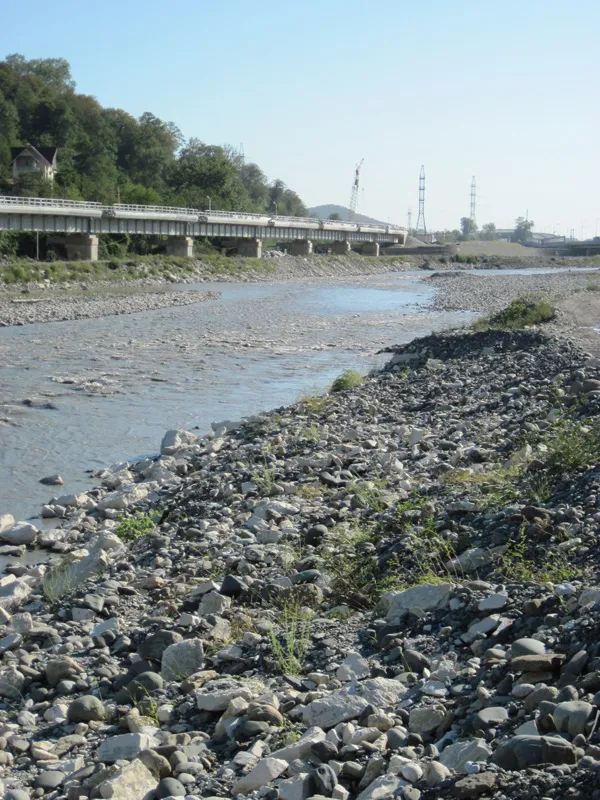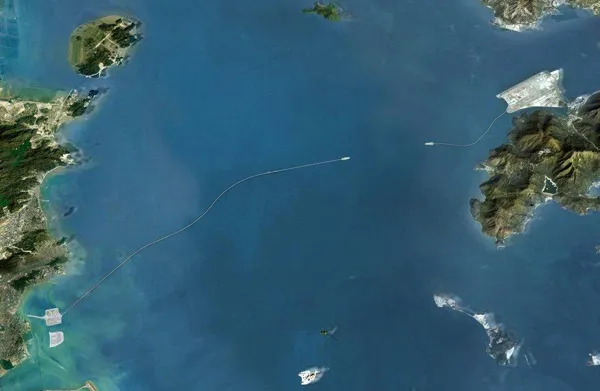The Government of Qatar is reportedly near to agreeing deals for delivering a number of vital road transport and other infrastructure projects worth a combined US$12.36 billion (QAR 45 billion).
Seven major expressways, other road development and repair projects, and key sewage infrastructure works make up the planned projects’ package.
The expressway projects will have a combined road length of 900km, subways, flyovers and 240 major interchanges. In addition, the expressway projects will also include a h
January 16, 2014
Read time: 2 mins
The Government of Qatar is reportedly near to agreeing deals for delivering a number of vital road transport and other infrastructure projects worth a combined US$12.36 billion (QAR 45 billion).
Seven major expressways, other road development and repair projects, and key sewage infrastructure works make up the planned projects’ package.
The expressway projects will have a combined road length of 900km, subways, flyovers and 240 major interchanges. In addition, the expressway projects will also include a highway for heavy vehicles, and these projects are projected to complete within the next five to seven years.
Also in Qatar, J&P Overseas and1298 J&P AVAX have secured an $895.24 million (QAR 3.26 billion) contract from Qatar's Public Works Authority (2559 Ashghal). Under the deal, both companies will design and build the first phase of the 180km New Orbital Highway in southwest Doha. The first 45km phase represents the total length of the dual carriageway project connecting New Doha Port and Al Wakrah bypass.
Meanwhile, a Rayyan Road contract worth over $941 million (QAR 3.43 billion) has been awarded to the Dogus Holdings and Onur joint venture. Scheduled for completion in the first quarter of 2017, the project includes a network of pedestrian footpaths and cycleways along a total length of 5.3km. Another Rayyan Road project worth more than $282.7 million (QAR 1 billion) will see joint venture Six Construct Qatar and Boom Construction Company construct and upgrade 2.9km of highway, four lanes in each direction, from west of New Rayyan Roundabout to east of Bani Hajer Roundabout. The works are due to finish in Q3 2016.
Seven major expressways, other road development and repair projects, and key sewage infrastructure works make up the planned projects’ package.
The expressway projects will have a combined road length of 900km, subways, flyovers and 240 major interchanges. In addition, the expressway projects will also include a highway for heavy vehicles, and these projects are projected to complete within the next five to seven years.
Also in Qatar, J&P Overseas and
Meanwhile, a Rayyan Road contract worth over $941 million (QAR 3.43 billion) has been awarded to the Dogus Holdings and Onur joint venture. Scheduled for completion in the first quarter of 2017, the project includes a network of pedestrian footpaths and cycleways along a total length of 5.3km. Another Rayyan Road project worth more than $282.7 million (QAR 1 billion) will see joint venture Six Construct Qatar and Boom Construction Company construct and upgrade 2.9km of highway, four lanes in each direction, from west of New Rayyan Roundabout to east of Bani Hajer Roundabout. The works are due to finish in Q3 2016.








